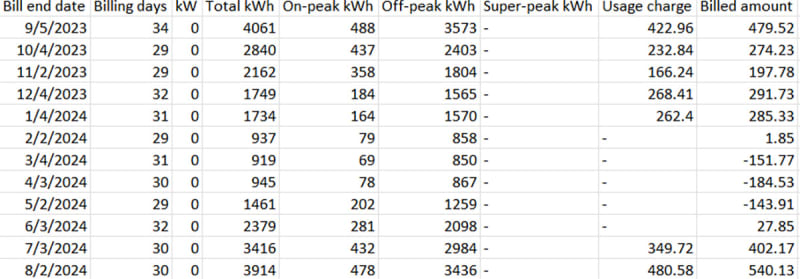Arp32
Structural
- Aug 13, 2016
- 18
Architect question for those of you that do residential projects...
When you guys do load calculations for a residential project (an addition or remodel, not a new home), how common is it for you to do them based on the previous 12 months of electrical bills?
I'm used to doing the math myself on smaller projects (3W per SF of livable, add fixed appliance loads in VA, take the reduction, etc...), and that's all I recall seeing on larger engineered projects previously.
Is there a reason why you'd use historical electrical bills instead? Working with a new engineer who uses historical utility bills and he says this is the normal way to do it. What's the standard of care with this from your perspective?
-Jason, Architect
When you guys do load calculations for a residential project (an addition or remodel, not a new home), how common is it for you to do them based on the previous 12 months of electrical bills?
I'm used to doing the math myself on smaller projects (3W per SF of livable, add fixed appliance loads in VA, take the reduction, etc...), and that's all I recall seeing on larger engineered projects previously.
Is there a reason why you'd use historical electrical bills instead? Working with a new engineer who uses historical utility bills and he says this is the normal way to do it. What's the standard of care with this from your perspective?
-Jason, Architect

